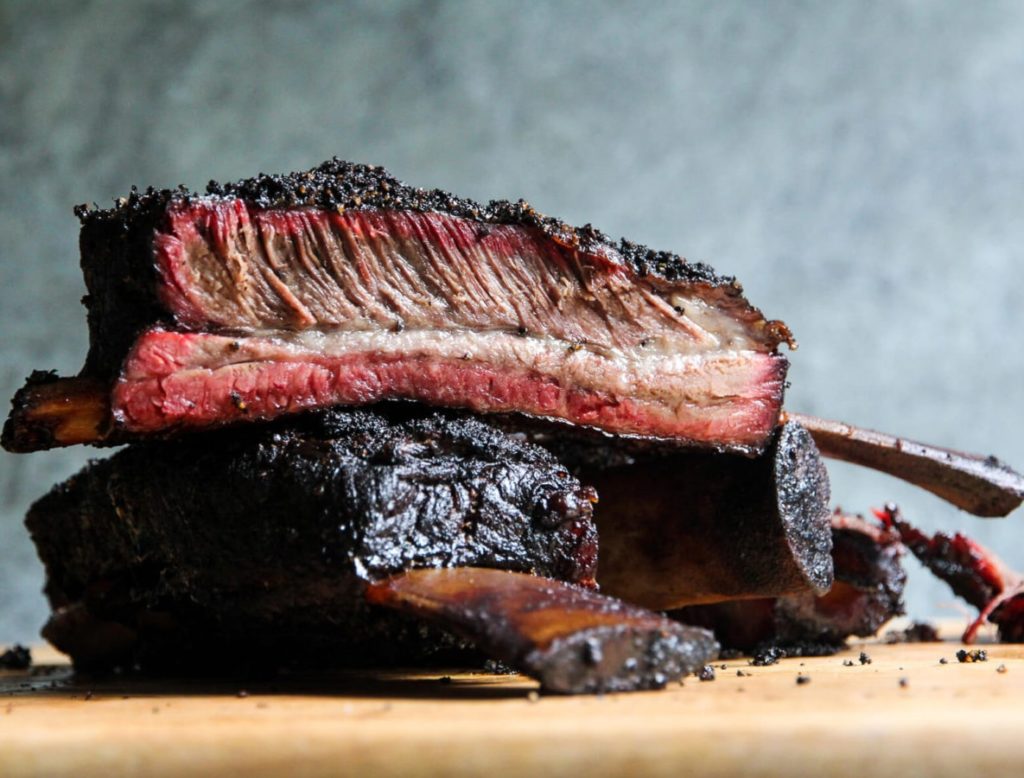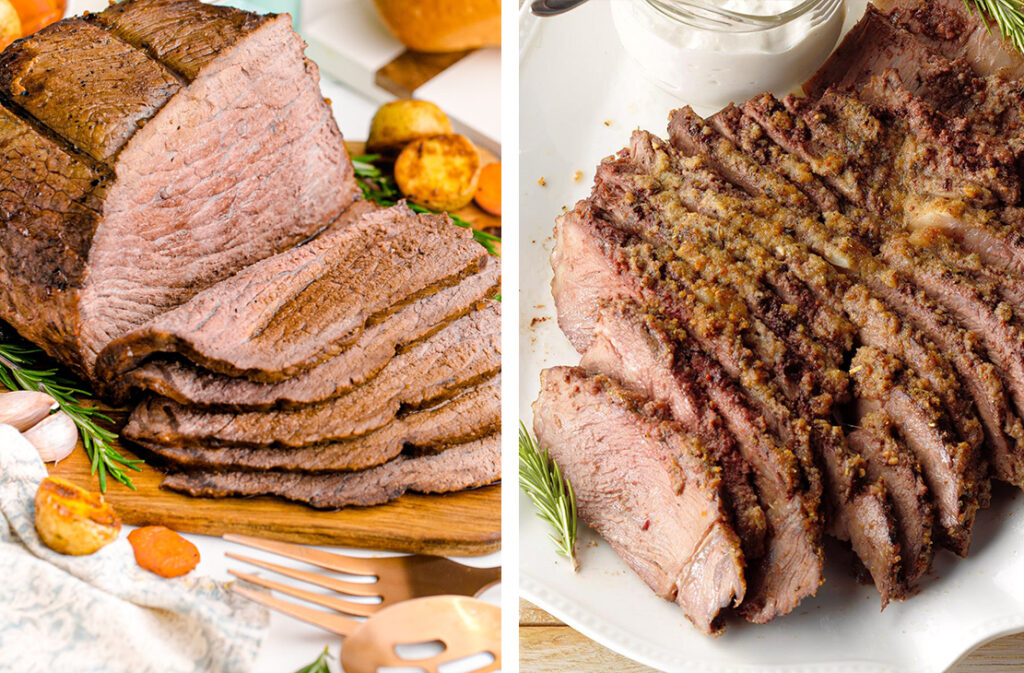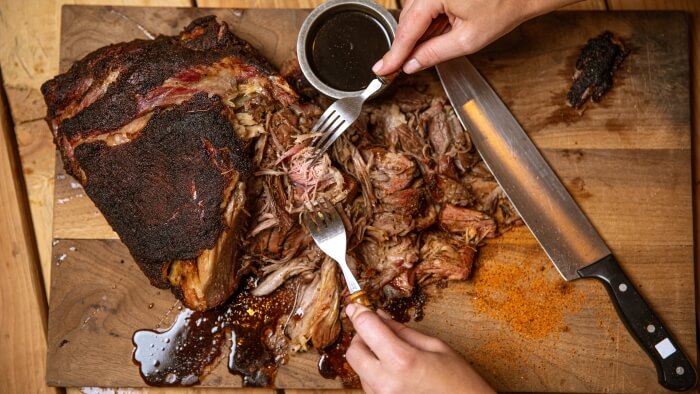
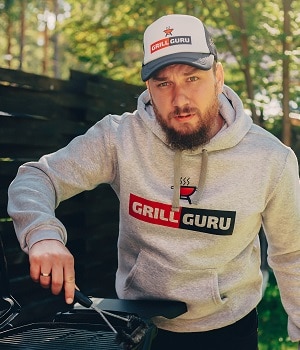
There are so many ways you can grill or cook a burger, but there’s one thing all burgers have in common. Each patty should be cooked to at least 160 degrees Trusted Source Food Safety for Hamburgers and Tailgating | USDA Refrigerate or freeze ground beef as soon as possible after purchasing. This preserves freshness and slows growth of bacteria. It can be refrigerated or frozen in its original packaging if the meat will be used soon. www.usda.gov Fahrenheit inside. In order for potentially harmful bacteria to be killed off, reaching this minimum hamburger temperature is important. Keep in mind, though, if you’re cooking a turkey or chicken burger, then the internal temperature should reach 165 degrees Fahrenheit instead. To learn more about the different cooking temperatures and cooking stages of hamburgers, continue reading this article.
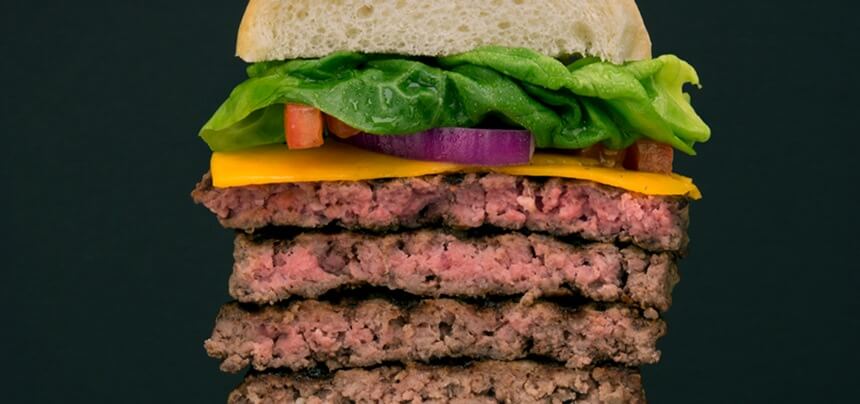
Although well done is the safest way to eat a burger, many people opt for medium well and still suffice just fine. Others go for rare and medium-rare, and they don’t face any issue, but this should be done at your own discretion.
Roughly 1 in every 6 Americans will get sick from foodborne illness each year, according to the
CDC
Trusted Source
How to Make Sure the Ground Beef You Serve Is Safe
Bacteria are everywhere in our environment and may be present on food products at purchase—for example, the surface of cuts of meat like chicken breasts, roasts or steaks often contain bacteria from the animals they came from, the processing equipment, or from
the environment.
www.nap.edu
. It’s believed that many of the illnesses stem from improper food handling and can easily be avoided by taking proper precautions.
Ground beef and poultry are most susceptible to cause food poisoning because the act of grinding up the meat causes any bacteria in there to be spread across each piece. Many people believe freezing uncooked meat will kill off bacteria, and while this is true, it isn’t effective in killing it all.
The best way you can avoid risks when cooking with ground beef is to make sure the internal temperature reaches 160 degrees Fahrenheit. Make sure any pink is cooked down ad if you’re in a restaurant, send back any food that seems undercooked. To be further proactive, follow these tips:
Depending on the type of meat you use, the minimum internal temperature will vary. Here’s a helpful list published by the US Department of Health and Human Services Trusted Source Safe Minimum Cooking Temperatures Chart | FoodSafety.gov Follow these guidelines from FoodSafety.gov for minimum cooking temperatures and rest times for meat, poultry, seafood, and other cooked foods. www.foodsafety.gov to give you a general idea:
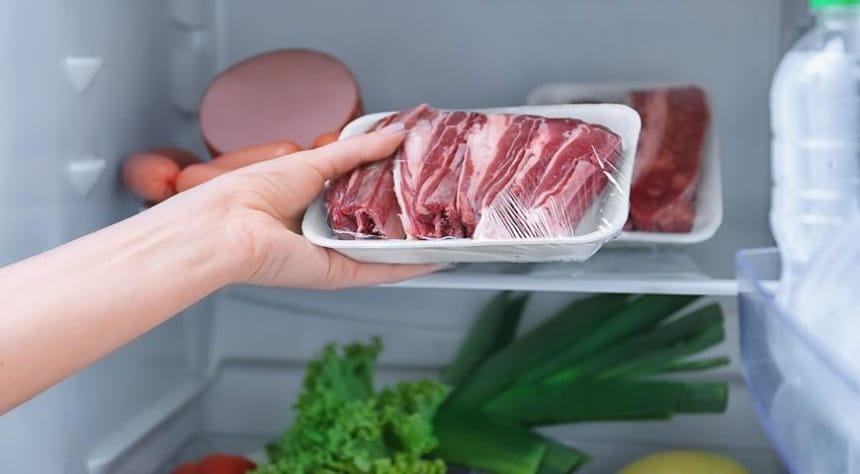
Fresh meat is much less likely to make you sick than older meat. You should also take care to store fresh meat on the bottom shelf of the refrigerator. Wrap it in a bag or sealed container to prevent juices from leaking out. Meat and eggs should also be bagged separately from your other groceries, and it’s best to use refrigerated leftovers within three days of first use.
The main reason a person should grind their own meat is that it’s the safest way to prepare your food. Just like with any other fresh food, a soon as the meat is exposed to open air, it slowly starts to deteriorate.
Grinding your own hamburger meat can be more cost-effective and healthy too.
There are three main benefits to grinding meat yourself. Although it takes more work, it provides you with fresher food, the ability to customize and season to your liking, and it’s generally more cost-effective too.
Like we mentioned above, the minute meat begins the grinding process, it’s exposed to oxygen and other elements in the air. Slowly the quality of the meat will deteriorate over time, and the taste will wane right along with it. Freshly cooked meat will taste much better than a pre-packaged pound you bought at the grocery store.

Unfortunately, ground beef is one of the more expensive meat options out there. However, you can usually find cuts on sale for much cheaper than a pre-ground package.
Aside from checking the internal temperature of your meat to ensure it’s at 160 degrees Fahrenheit, there are a few other ways to tell if your meat is up to the correct temperature.
For starters, if all of the meat has a grey or brown color, then it’s likely you’ve cooked it thoroughly. You can also see how the burger feels and check if there are any juices running. Although juices don’t necessarily mean the burger is undercooked, excessive juice normally means you need to cook it for longer.
There are two main ways burgers are cooked: pan-fried or grilled. Many people, myself included, prefer grilling because of the charred outside and juicy middle. To cook a really good burger on the grill, follow these steps Trusted Source How to Grill the Best Burgers Raichlen suggest starting by scrubbing your grill grates with a grill brush to remove any built-up residue from past meals. Then oil the grill by dipping a folded paper towel in oil and using grilling tongs to rub the oil soaked towel on the grates. www.simplyrecipes.com :
Make sure your grill is clean. Using a grill with old food residue or charcoal marks can make your burger taste ashy and unappetizing. A clean grill will ensure you get only the flavors you put into the burger at the time.
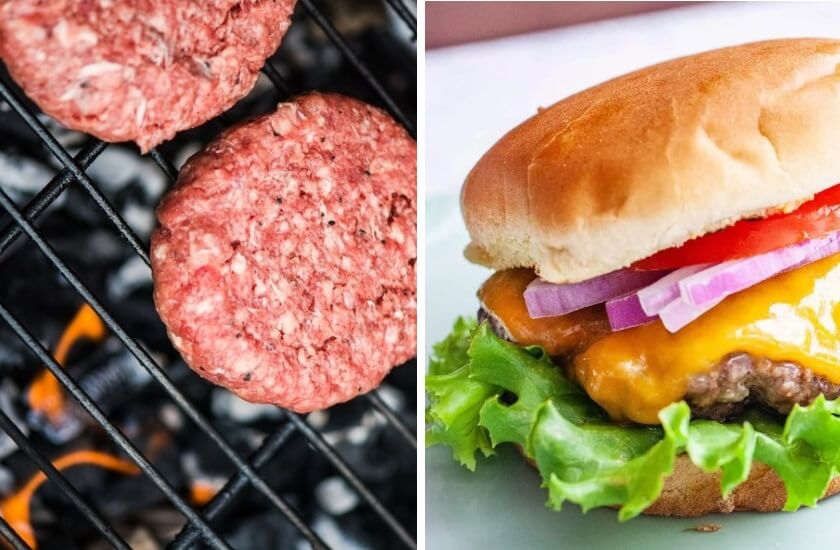
The two-stage cooling method is recommended by the FDA to safely preserve cooked food. This method requires food to be cooled from 140 degrees Fahrenheit to 70 degrees Fahrenheit in two hours. Subsequently, the food should cool down to 40 degrees Fahrenheit in four hours.
Grilling Products for the Optimal Burger
Now that you have a good idea of how to grill the perfect burger, you’re likely wondering what meat would be best for this. What about a grill? Is there one brand that’s better than another? Well, in terms of outdoor grills, many reviewers rave about the portable stainless steel gas grill by NexGrill. This makes sense considering its ease of use and how easily people say it is to put together. Although, some people claim the heat discolors it a bit after a few uses.
When it comes to meat, you may be tempted to run to the grocery store and pick up the first pre-packaged ground beef you can find. However, many others prefer Laura’s Grass-Fed Ground Beef. This is likely because the company only makes beef with no added hormones or antibiotics, and you can buy it in bulk too.
Everyone has their own preference for burger doneness. However, it’s important to keep in mind the safety guidelines for consuming cooked meat. Failing to do so can cause a variety of health issues, most notably food poisoning. We hope this article was helpful and you feel more equipped to properly reach minimum hamburger temperature requirements for future parties and meals. We wouldn’t want you to send our friends and family to the emergency room!

